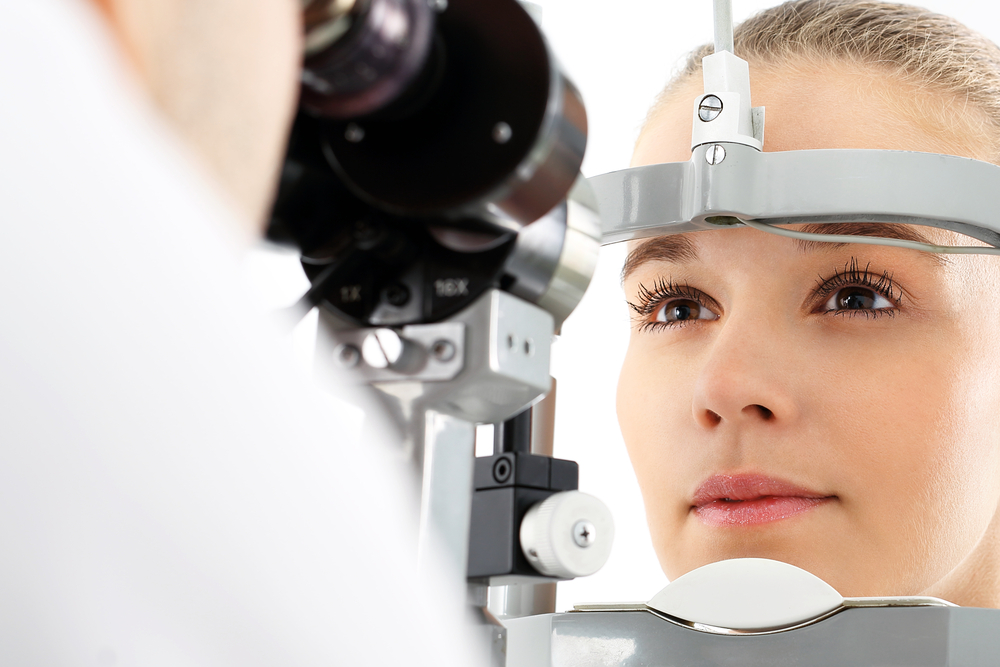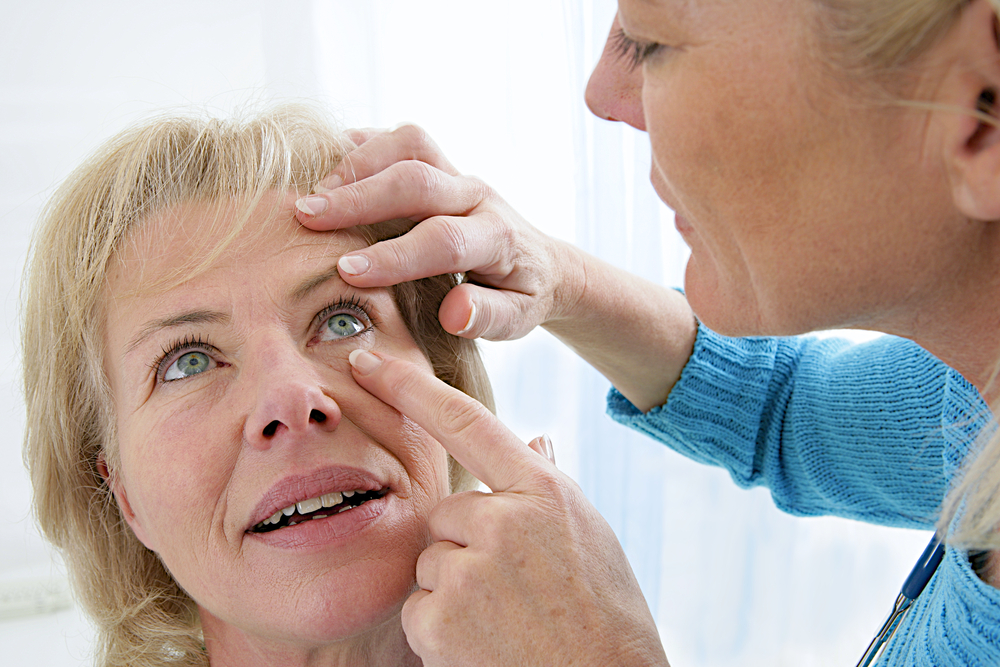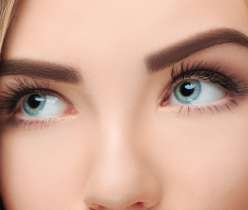Myopia is also commonly known as nearsightednesses. It is one of the common refractive errors of the eye. Myopia causes difficulty to view far laid objects, although their near vision is normal.
Myopia in detail:
Myopia, a vision problem is known by various names such as shortsightedness or nearsightedness. It is a vision problem that affects one in three Americans. To understand the causes, symptoms and treatment of myopia, one must have a clear understanding of the structure of the eye.
Eye: human eye comprises of following major parts:
- Retina
- Lens
- Aqueous humour
- Vitreous humour
- Cornea
- Pupil
- Iris
- Optic nerve
Normal vision: In normal vision, the ray of light enters our eyes through the visible white outermost layer known as the cornea. The light is then refracted through the lens and focussed on the retina. Retina converts the light messages into signals that are sent to the brain through the optic nerve. The brain then works to convert the message and make the image visible.
Myopic eye:
In myopic eye condition, the light is not focussed by the lenses on the retina, rather it is formed before the retina and person is not able to view the far away object clearly.
Causes of Myopia:
Myopia is a refractive error. Refraction is a physical phenomenon of lights. It is the phenomenon of bending of light when it passes through one object to the other. Vision is the outcome of this bending of light rays as it passes through cornea and lens. Any errors in refractive index are the reason behind causing myopia and other eye problems. The shape of the eye hinders the light from entering the lenses and being focussed on the eye. The abnormal shape of eye cornea or eye lens is the major reason behind the myopic eye.
Myopia Symptoms:
Nearsightedness causes the image to form in front of the retina rather than on the retina. Hence, the far away objects do not form clear images, and the vision is blurred. Other common signs and symptoms that denote your vision difficulties are headaches, eyestrain, difficulty to focus on distant objects and to squint, etc.
Diagnosis of nearsightedness/myopia:
Nearsightedness is often diagnosed in children between the age of 8-12 years, but this condition can get worse if not diagnosed at this age. Teenage children are mostly the worst sufferers of late diagnosis. Those children whose parents have nearsightedness are more likely to inherit the vision disorder.
To diagnose and carry out proper myopia treatment one must consult a profession eye care specialist. The professional can diagnose any refractive errors of the eyes with the help of a comprehensive dilated eye examination. So, if you notice any if the myopia symptoms mentioned above then you must visit the eye specialist as soon as possible.
Also Read: When cataract clouds your vision
Treatment of myopia or nearsightedness:
Myopia can be corrected by eyeglasses, lenses and refractive surgery, etc. The major aim of myopia treatment is to adjust the image focus on retina rather than a position in front of it.
- Eyeglasses/ spectacles:
This is the most common way to correct the myopic vision. They are the most common and safest methods to use. The prescription glasses are very useful in shifting the focus of the image on the retina to bring back the ability of clear vision. Talk to your optometrist as he will suggest you the best eye lenses that will correct your problem.
- Contact lenses:
A large number of options are available for those who opt for using contact lenses as a method to improve their vision. The wide range of lenses is available in both rigid and soft form, including extended wear options, disposable forms and multifocal prescriptions. Contact lenses are preferred as they can provide you clearer vision, wider vision area and better comfort. So, ask your eye doctor to decide the best type of contact lenses for your eyes as contact lenses are not the best option for everyone, the cases may be varied.
- Corrective surgery:
The corrective surgery is a permanent option for the correction of vision. The surgery can be used to eliminate the use of eye lenses and eyeglasses and makes the clear vision fuss free along with removing the dependency on eyeglasses and lenses. Corrective refractive surgery improves the vision by changing the shape of the cornea and improving the refractive vision.
Also Read: Eye care tips for kids
There are many types of corrective vision options available, and you can consult your eye doctor or specialist about the best option for myopia treatment for your eyes.




